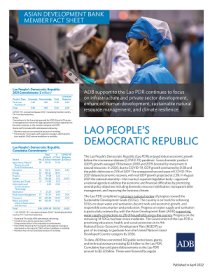
Asian Development Bank and the Lao PDR: Fact Sheet
ADB is one of Lao PDR's largest sources of official development assistance, with an average annual lending of $100 million over the 5 years to 2021.

ADB is one of Lao PDR's largest sources of official development assistance, with an average annual lending of $100 million over the 5 years to 2021.
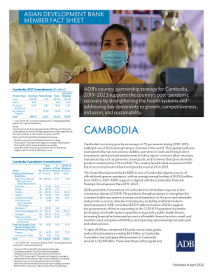
ADB is one of Cambodia's largest sources of official development assistance, with average annual lending of $329.8 million from 2016-2021. The bank's support is aligned with the Cambodia's National Strategic Development Plan 2019-2023.
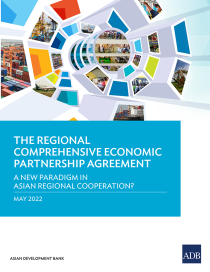
This report compares the Regional Comprehensive Economic Partnership (RCEP) with other free trade agreements and suggests how policy makers can promote its successful implementation.
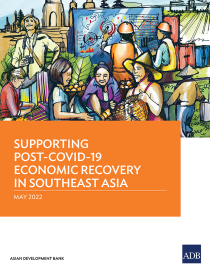
This report shows why Southeast Asian countries need to prioritize core sectors ranging from tourism to digital trade as they hammer out policies to boost post-COVID-19 recovery and secure a greener future.
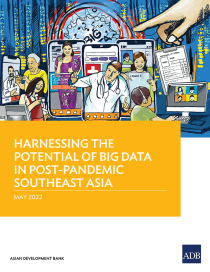
This report illustrates why Southeast Asian countries need big data for recovery from COVID-19 to radically transform the delivery of key services such as health care, social protection, and education.
Health ministers of Southeast Asia have agreed to work toward mutual recognition of COVID-19 vaccination certificates to facilitate travel across the region as countries reopen their borders. This will involve putting in place an ASEAN universal verification mechanism that uses digital technology while ensuring data privacy protection and security.
In the Greater Mekong Subregion, environmental assessment for livestock value chains projects helps avoid, minimize, and mitigate environmental, health, and safety risks.
The Asian Development Bank (ADB) has approved a $95 million loan to help the Cambodian government vaccinate Cambodians against the coronavirus disease (COVID-19) from 2022 to 2023, including annual booster shots for those already vaccinated and primary doses for children under 5.
ADB’s $1.5 billion CARES Program for Thailand provides budget support for the government’s COVID-19 response.
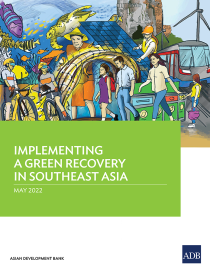
This report explains why Southeast Asian countries need to design pandemic recovery policies that hit both ambitious socioeconomic and environmental goals.